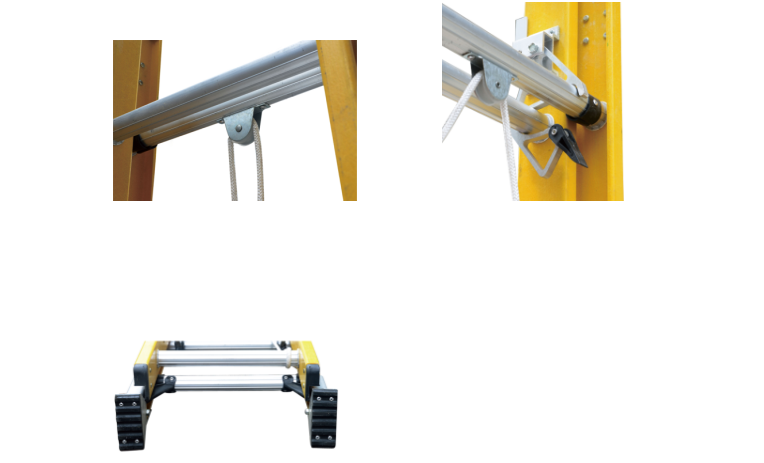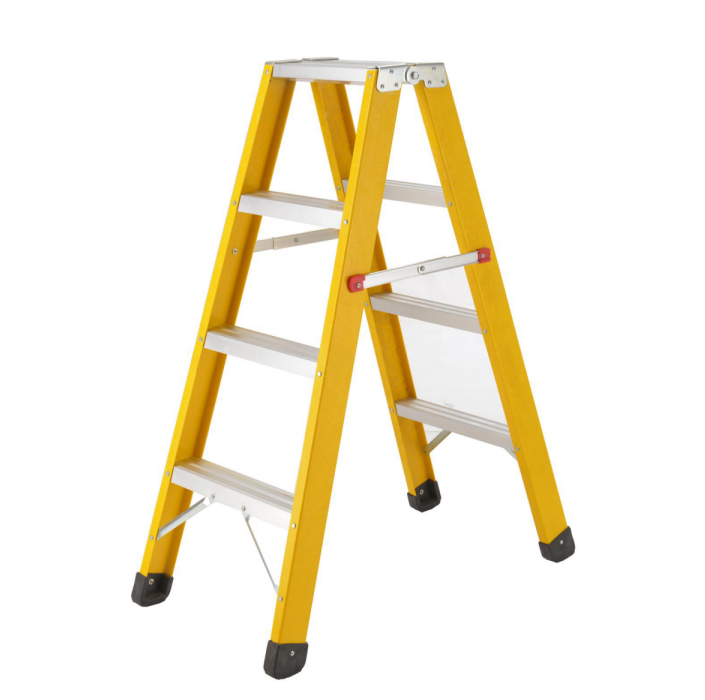Comprehensive control on the sealing process of tinplate cans
Designed for safety, the Fiberglass Ladder is built with non-conductive rails that make it ideal for working near electricity. Which item includes Section Fiberglass Ladder and double side steps fiberglass ladder, which with a duty rating of 300 lbs., the ladder offers long-lasting durability and security, featuring the exclusive rung joint for twist-proof performance. Fiberglass ladder construction offers safety around electricity.Offering versatility for a variety of jobs, the base and fly sections separate easily so you can use the base section as a single ladder. The durable rail shield bracket and shoe help protect the bottom of the rail, and the fly section rails are pre-pierced at the top for easy field installation of accessories.interlocking side rails and dual action feet that swivel easily for use on hard or penetrable surfaces.
Creating a sturdy work space for a variety of jobs. Pretty be loved in the European and America market as it`s foldable and Sturdy ,Step access from both sides,Safety lever,Non-Slip Surface, Non-Slip Leg Boot .Conforming to the European safety standard .
More details as follows :





Q: Are you factory or trading company ?
A: We are factory , exported foreign over decade with rich experiences .
Q: We can change the color of the rubber cover ?
A: yes , the regular s black , you also choose other color .
Q:What`s the MOQ ?
A: 50 PCS.
Q: Can I have a sample ?
A: It`s ok .
Q:What`s your price ?
A: It`s depends on your demands, quantity , we can offer you lowest price .
Q:What`s your delivery time ?
A: Sample order : 3days , bulk order : 23-25days .
Q: Can we use our logo or brand on the package ?
A: yes , OEM is ok .
Q: What`s the payment :
A: (1) T/T: 30% deposit be paid in advance , the 70% of total payment see the copy of B/L.
(2) L/C it`s ok .
(3) Cash also ok .
More inquires or questions , plz feel free to contact us !
Welcome to visit our factory !
Fiberglass Ladder
Fiberglass Ladder,Section Fiberglass Ladder,2 Section Fiberglass Ladder,Extension Fiberglass Ladder
Yongkang Aoyi Industry&Trade Co., Ltd. , https://www.aoyiladder.com